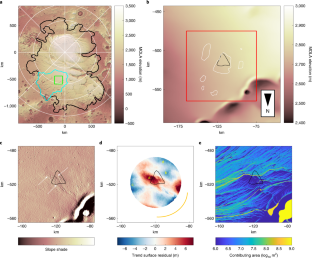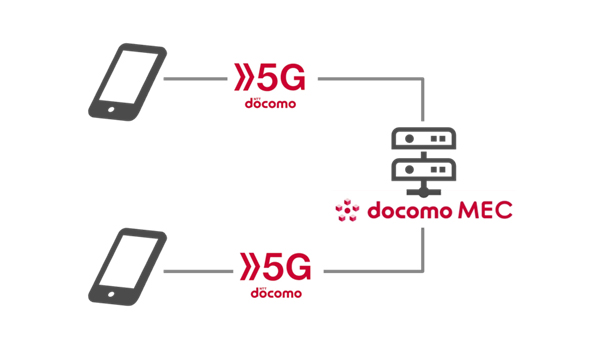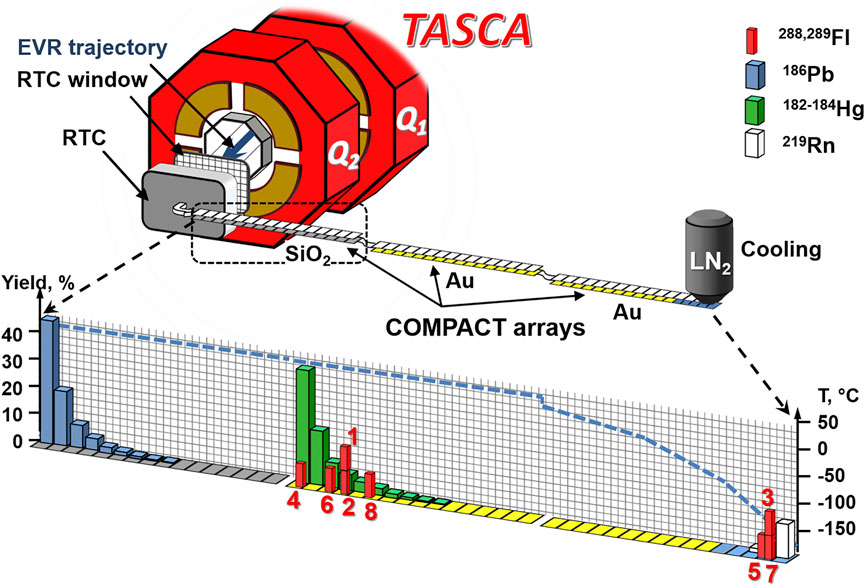国際研究チームは、火星の南極の氷冠の下に液体の水が存在する可能性を示す新たな証拠を明らかにしました。 An international team of researchers has revealed new evidence for the possible existence of liquid water beneath the south polar ice cap of Mars.
2022-09-29 ケンブリッジ大学
今回の結果は、レーダー以外のデータを用いて、火星の南極の氷冠の下に液体の水が存在することを示す初めての独立した証拠となるものである。
新しい地形的証拠、コンピュータ・モデルの結果、そしてレーダー・データを組み合わせることで、少なくとも1つの氷点下の液体の水が現在の火星に存在する可能性が高くなり、氷冠の下の水を液体に保つために火星がまだ地熱的に活発でなければならないということがわかった。
長さ10-15kmの凹部とそれに対応する隆起部からなる地表の起伏が発見され、いずれも周囲の氷の表面から数メートルずれていることがわかった。これは、地球上の氷河湖の起伏と同じような規模である。
研究チームは、火星の特定の条件に合わせた氷の流れのコンピュータ・モデル・シミュレーションを行った。そして、水があれば氷が滑ってスピードが上がるであろう氷床のシミュレーションに、床の摩擦が減少するパッチを挿入した。また、火星の内部から来る地熱の量も変化させた。これらの実験により、模擬氷床の表面には、研究チームが実際の氷冠の表面で観測したものと同じような大きさと形の起伏が生じた。
このような地形の起伏と探査機による実際の観測が一致したことから、火星の南極の氷冠の下に液体の水が溜まっていること、そして水を液体に保つために必要な地熱の上昇を可能にするマグマ活動が比較的最近火星の地下で発生したことが示唆されたのである。
<関連情報>
火星南極氷冠下の氷河水の地表面への影響 Surface topographic impact of subglacial water beneath the south polar ice cap of Mars
N. S. Arnold,F. E. G. Butcher,S. J. Conway,C. Gallagher & M. R. Balme
Nature Astronomy Published:29 September 2022
DOI:https://doi.org/10.1038/s41550-022-01782-0

Abstract
Bright radar reflections observed in the Ultimi Scopuli region of Mars’ south polar layered deposits1,2,3 by the Mars Advanced Radar for Subsurface and Ionosphere Sounding instrument have been interpreted as the signature of areas of subglacial water beneath it. However, other studies put forward alternative explanations, which do not imply the presence of liquid water4,5,6. Here we shed light on the issue by looking at the surface topography of the region. On Earth, reduced or absent basal friction, and consequent ice velocity changes, cause a distinct topographic signature over subglacial lakes7. Using Mars Orbiter Laser Altimeter data8, we identify and characterize an anomaly in the surface topography of the south polar layered deposits overlying the area of the putative lakes, similar to those found above terrestrial subglacial lakes of similar size. Ice flow model results suggest that comparable topographic anomalies form within 0.5–1.5 Myr with locally elevated geothermal heating9 or 2–5 Myr without elevated geothermal heating2. These findings offer independent support for the presence of basal water beneath Ultimi Scopuli and suggest that surface topography could supplement radar returns to help identify other potential subglacial water bodies.



